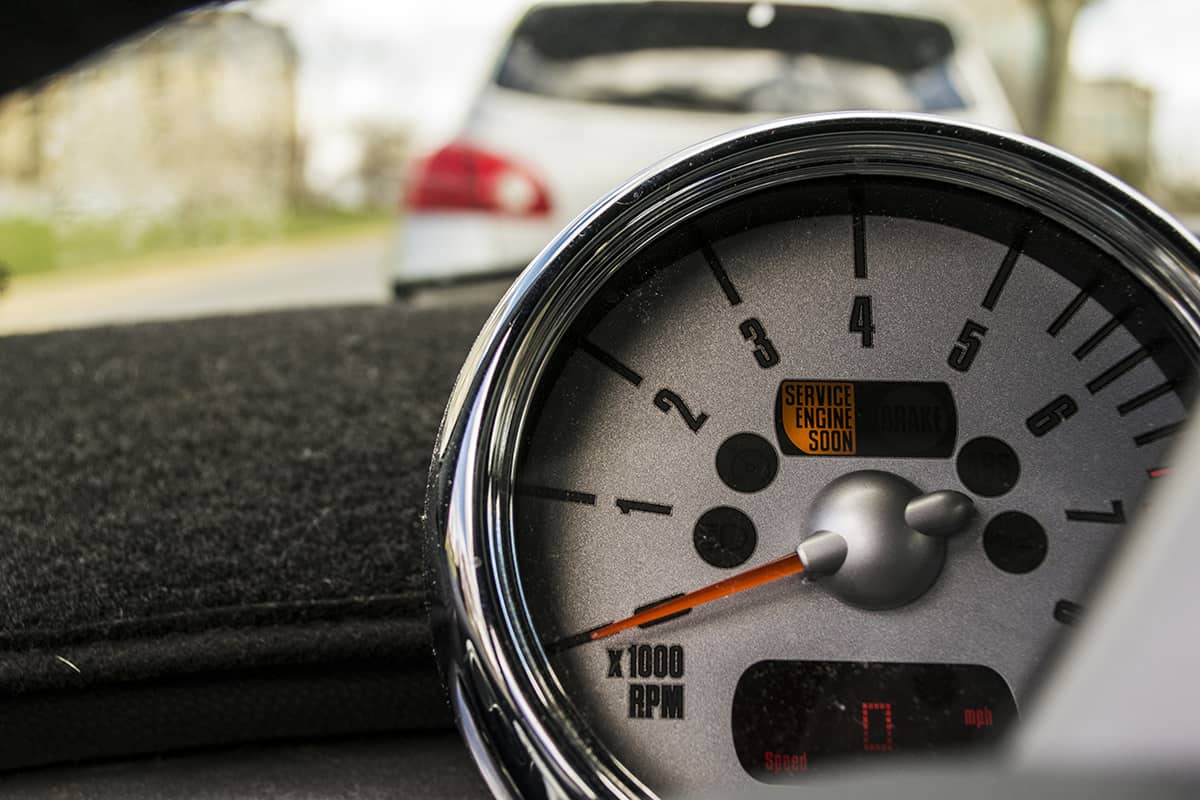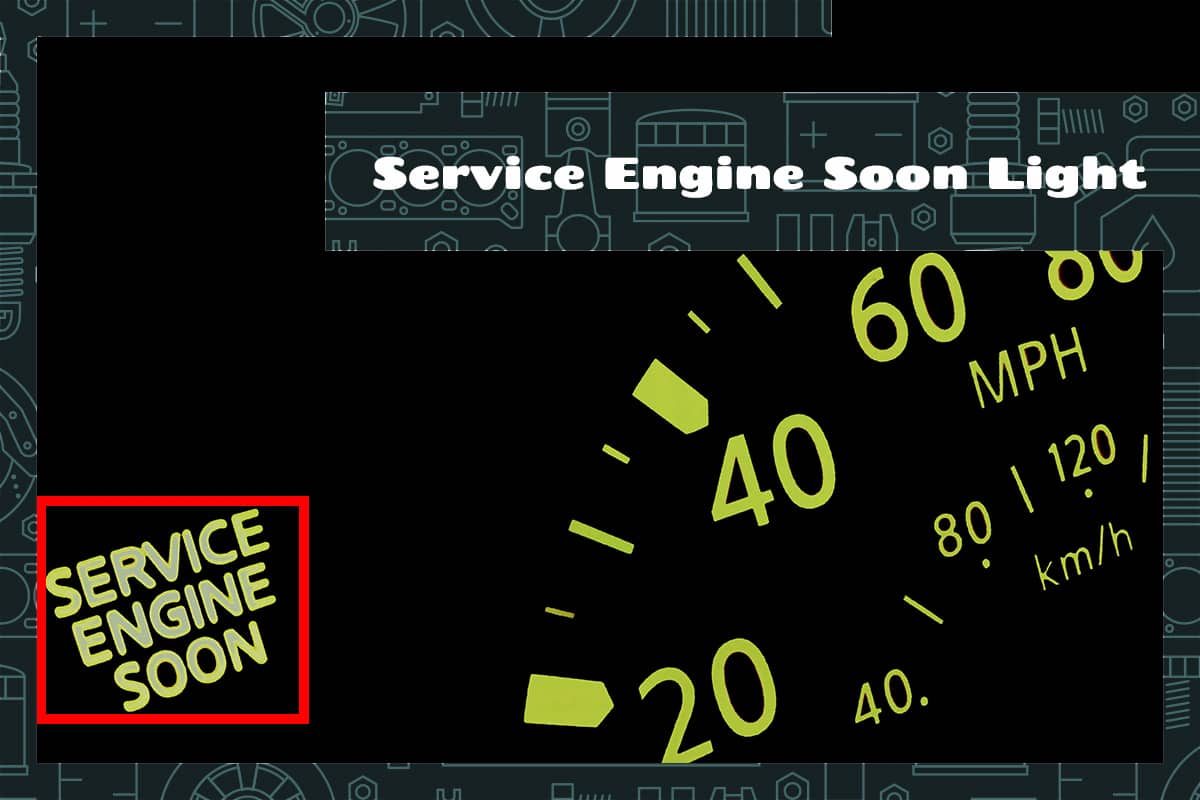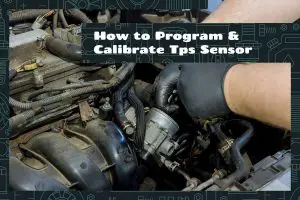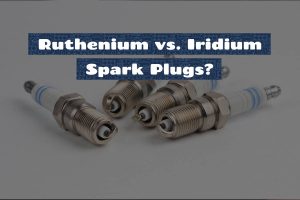Every driver has experienced that moment of unease when a warning light illuminates on the dashboard. Among them, the “Service Engine Soon” light holds particular importance. It’s a beacon that something in your car requires attention before it becomes a larger problem.
The “Service Engine Soon” light serves as a maintenance reminder, though it may also indicate potential engine or emission problems. This light can be triggered by various issues, ranging from minor concerns like a loose gas cap to major ones like engine malfunctions.
This article will discuss the nuances of this warning light, as well as highlight its causes and how to respond.
What Does “Service Engine Soon” Mean?

The “Service Engine Soon” light, often abbreviated as SES, is a warning indicator on your vehicle’s dashboard. It is designed to inform the driver about potential issues related to the engine or the car’s emission system.
When this light illuminates, it means that your car’s onboard diagnostic system, known as the OBD system, has detected a potential problem. This issue can range from minor hiccups to significant malfunctions.
Common Causes for the “Service Engine Soon” Light to Illuminate (and Fixes)
The SES light serves as an early warning to highlight potential issues down the road. Here, we’ll cover what those issues are and what you can do to fix them.
1. Old Fluids
Your car relies on several fluids to remain in tip-top shape. Examples include engine oil, brake fluid, transmission fluid, and coolant. These fluids serve numerous purposes, but as time goes on, they will begin to become less efficient.
Fix:
You need to replace the fluids periodically and in accordance to the manufacturer’s instructions. The owner’s manual will let you know what types of fluid to use and when to replace them.
2. Loose Gas Cap
A simple reason for the SES light to illuminate is a loose or damaged gas cap. The gas cap ensures a sealed fuel system and prevents evaporative emissions. If not properly sealed, it can trigger the light.
Fix:
Ensure the gas cap is tightened correctly after refueling. If the problem persists, consider replacing the gas cap.
3. Old Spark Plugs
These tiny components ignite the fuel-air mixture in the engine. Over time, spark plugs wear out, affecting engine performance.
Fix:
Change the spark plugs according to the vehicle’s service schedule, typically every 30,000 to 150,000 miles.
4. Faulty Oxygen Sensor
The oxygen sensor measures the amount of unburnt oxygen in the exhaust, helping the car’s computer adjust the fuel mixture for optimal efficiency. A malfunctioning oxygen sensor can decrease fuel efficiency.
Fix:
There will be other failing oxygen sensor signs, such as strange exhaust smells and rough idle or misfires, that indicate whether the oxygen sensor is the problem. Replacing a faulty oxygen sensor in time will not only turn off the SES light but also improve gas mileage.
5. Bad Catalytic Converter
The catalytic converter reduces harmful emissions by converting them into harmless gases. A damaged converter can reduce performance and increase emissions.
Fix:
You can only fix minor problems with a catalytic converter, such as dirt or clogs. However, if the catalytic converter is damaged, your only option is to replace the entire thing. they can be pretty expensive, so take good care of the catalytic converter to prevent costly replacements.
6. Malfunctioning Mass Airflow Sensor
This sensor measures the amount of air entering the engine and determines how much fuel to inject. A faulty sensor can harm fuel efficiency and emissions.
Fix:
Cleaning or replacing the mass airflow sensor can resolve this issue and even enhance fuel efficiency.
7. Engine Misfires
Misfires occur when the engine fails to fire correctly, affecting performance and fuel efficiency. Ignoring misfires can damage the catalytic converter and other engine components.
Fix:
You will first need to pinpoint the exact cause of the engine misfire, which includes bad spark plugs or ignition coils, a faulty fuel system, engine timing problems, or compression problems.
8. Fuel Injector Issues
Fuel injectors deliver fuel to the combustion chamber. When they malfunction, it can lead to a range of problems, from rough idling to reduced performance.
Fix:
Other signs that indicate faulty fuel injectors are poor mileage, engine misfires, and engine surges. Cleaning or replacing faulty fuel injectors will restore performance and efficiency..
9. Transmission Problems
While not as common, some transmission issues can trigger the SES light, especially in vehicles with closely integrated engines and transmission systems. There’s quite a lot to unpack regarding your car’s transmission system, and any of the problems listed here may be the culprit behind the SES light in your car turning on.
Fix:
Transmission problems require professional assessment, ranging from replacing sensors to overhauling the entire system.
How to Respond when the Light Comes On

By now, you should know that the SES light turning on is not good news, and it can be especially concerning when it flashes while you’re driving. If this happens, pull your car over safely and do the following:
- Restart the Car: On the off-chance, your car is registering a false positive, you should restart the engine. Turn the car off, wait 2-3 minutes, then try restarting the car. If the SES remains on, continue reading.
- Check for Obvious Signs: Your vehicle might function normally even with the light on. However, keep an ear out for unfamiliar sounds, notice any unusual odors, or see if there’s any smoke. These immediate sensory checks can provide crucial clues about the nature of the problem.
- Examine the Gas Cap: A loose gas cap is a common cause of the SES light. After parking in a safe location, ensure the gas cap is tightened properly. If the light doesn’t go off after several ignition cycles after this check, the issue might be elsewhere.
- Refer to the Owner’s Manual: Your car’s manual contains a wealth of information tailored specifically to your vehicle. Look up the section on the SES light; it might provide specific guidance or troubleshooting steps for your car model.
- Visit a Trusted Mechanic: While basic troubleshooting can be done independently, consulting a professional is always wise.
FAQs
1. What’s the difference between “Service Engine Soon” and “Check Engine?”
The SES light and the “Check Engine” light are often confused because they deal with the vehicle’s diagnostic system. However, their meanings and implications differ.
The SES light is primarily a maintenance reminder. It illuminates to alert the driver about scheduled services, such as oil changes, filter replacements, or other routine maintenance tasks. In some vehicles, this light might also activate if minor issues are detected by the vehicle’s computer.
The “Check Engine” light indicates that the vehicle’s onboard diagnostic system has detected an issue related to the vehicle’s emissions, engine, or overall performance. When this light illuminates, it’s a sign that a specific issue needs immediate attention.
2. Can I continue driving with the light on?
When the “Service Engine Soon” light comes on, it does not necessarily indicate immediate danger, but it should never be ignored. If it’s a maintenance reminder, driving for a short period is safe, but you should schedule the necessary service soon. Prolonged driving without addressing required maintenance can lead to more significant, more expensive issues down the line.
If the SES light illuminates due to a detected issue, it’s a bit more of a gray area. While the vehicle might seem to operate normally, a problem lurking needs attention. In such cases, reduce unnecessary driving and get the vehicle checked as soon as possible.







